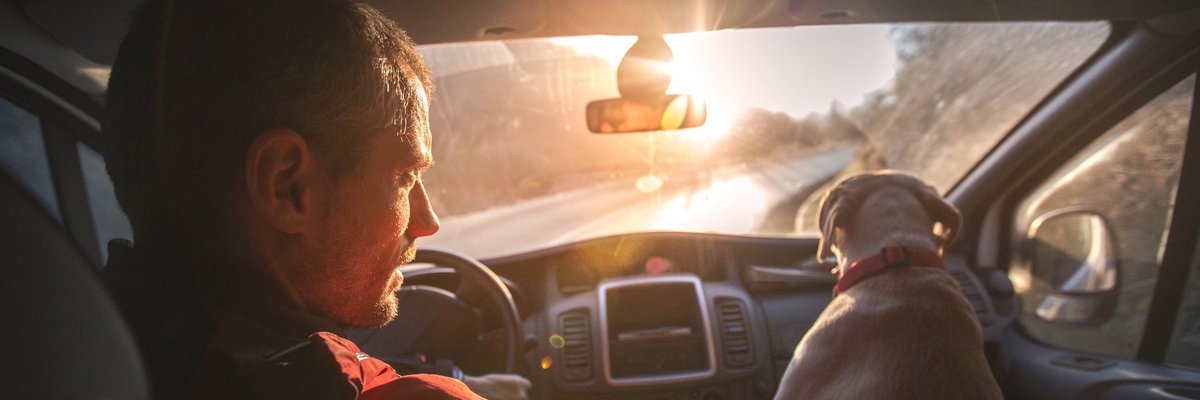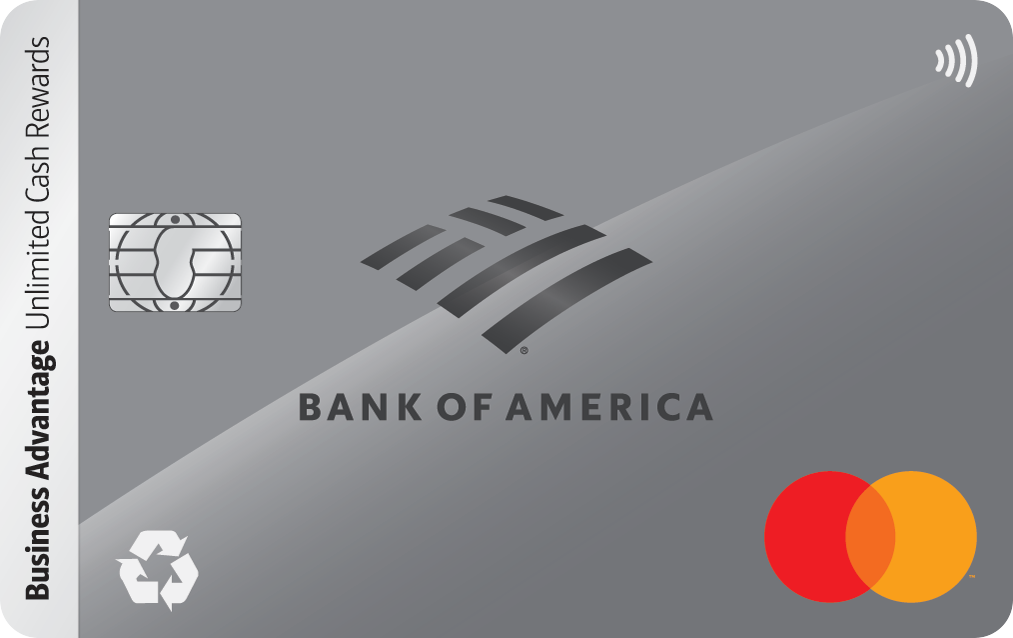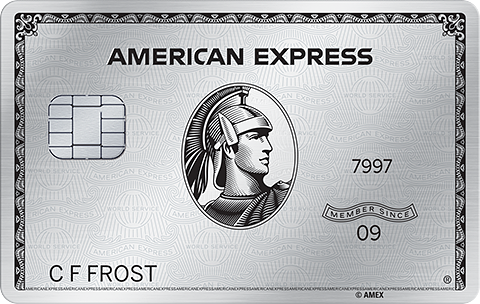Here's How I've Saved $140,000 by Driving the Same Car for 18 Years

Image source: Getty Images
I'm not a "Car guy."
I've driven all kinds of big and powerful and fast and fun cars. I understand the allure. But to me it's more like a roller coaster: Really fun a couple of times a year. I don't need it every day.
A car to me is much more like an appliance, and that means it has one job: to work. That's why I haven't batted an eye at driving my 2007 Honda Element for the last 18 years. And it got even sweeter when I did the math and realized it's probably saved me around $140,000.
The power of not upgrading
I bought my Element brand new in 2007 for $20,000. I put $5,000 down and financed the rest over seven years (I was still in high school in 2007). Since 2014, I haven't had a single car payment.
Meanwhile, the average new car payment today sits around $749 per month. So just by keeping my car, I've skipped roughly $99,000 in new car payments over the past decade. That's about $85,000 in true savings after accounting for the original loan.
That's money I've invested, saved for retirement, spent on vacations, or just used to pay my bills.
Depreciation: the quiet money burner
Most people don't realize a new vehicle typically loses about half its value within five years of rolling off the lot.
If I'd replaced my car three times since 2007 with $30,000 vehicles, I'd have burned through roughly $45,000 in depreciation losses. By keeping my Element, my total depreciation was the $20,000 the car was valued at in 2007. That's saved me another $25,000 or so.
Lower costs across the board
Old cars are cheap to live with. My auto insurance runs about $1,500 a year, compared with $2,600 or more for a new car. That means I'm currently saving around $1,100 a year. I paid closer to market value early on, so I've conservatively saved roughly $10,000 on insurance costs since I bought it.
Registration and property taxes are also lower for older vehicles. That's another $5,000-$6,000 saved just for sticking with what works.
Maintenance without the meltdown
People might assume old cars cost a fortune to maintain, but that hasn't been my experience. Aside from regular oil changes, tires, and new brakes, my Element has never needed major repairs.
I've probably averaged about $500 a year on upkeep. Compare that to the $1,500 a year many people spend on newer cars, and that's about $18,000 saved over the long haul.
The 18-year total
Add it all up -- depreciation, financing, insurance, taxes, and maintenance -- and I've likely saved around $140,000 by keeping my Element instead of cycling through new cars.
And if I'd invested those savings along the way, even modestly, it could easily be worth more than $240,000 today. That's the power of letting time and reliability work in your favor.
The best way to invest that cash is with a top online brokerage. But for short-term saving, nothing beats a high-yield savings account. Some HYSAs pay more than 10 times the national average rate and you can see the best accounts here.
Why this still matters now
With car prices still high, financing rates near multi-decade highs, and insurance costs climbing roughly 20% year over year, it's never been more expensive to be a "new car person."
If your current car runs well and doesn't cost a fortune to fix, the smartest move might just be doing nothing at all.
And while your old car quietly saves you money, you can make those savings work harder. A high-yield savings account paying around 4.00% APY right now can turn that saved cash into even more. See today's top-paying accounts here.
Our Research Expert


